Maintenance Programs
We started our planned maintenance program, called an ESA, in the early 1990s. We grew that program over the first five years or so and began to realize that many existing customers were declining it. As a result, our maintenance program plateaued somewhat. We didn’t lose too many ESAs each year but didn’t gain too many either.
We kept score by tracking how many ESAs renewed each day, how many are sold during service calls, and how many are sold during a one-time tune-up special.
Yet we only used this data to see who our best techs were. We ignored the overall trends. For example, we didn’t examine what time of year we did the most tune-up specials or what type of repairs converted to an ESA from a service call. We have all this really valuable information but didn’t take the time to understand what it means.
Making Changes
For example, in the past I spent money on postcards twice a year and was happy to get one or two customers to call me from each card. In other words, I spent money with no actual results. Our score wasn’t changing, and I don’t believe we were helping people get across the comfort gap. We had a great maintenance program but no defined bridge to help customers cross the gap.
I am a strong supporter of continuing education and consider myself a student of HVAC guru Ron Smith. Some years ago I read his book, ‘HVAC Spells Wealth’ and it contained marketing ideas that I decided to revisit.
It had some great ideas for improving results from direct mail marketing. One called for creating and using a personalized letter and having a consistent message. In my postcard mailings, I had neither.
So I created a consistent message and personalized approach. In the first year, our company ran 1,000 letters a week to addresses that weren’t already agreement customers. We measured how many customers called each week. Then we sent a letter every week of the year. From that, I learned how many customers would call for a one-time tune-up special (5).
Then I monitored how many of those converted to ESA agreements (2). It became obvious which techs converted the one-time tune-ups to ESA agreements. Next, I started scaling the mailout. The percentages pretty much held true for that particular direct mail piece. The trick is having a consistent message.
The Results
Today we do 3000 to 4000 letters each week. I invest a certain dollar amount per customer and I now know what that investment will yield our company in 10 years. Our ESA program is growing again and is one of our best bridges for helping customers across the comfort gap.
Each bridge we build for crossing should be as thoroughly investigated and proven. Combustion analysis, static pressure, system performance, airflow measurement, and more can help you construct bridges for your customers. If you take care of the customers, build those bridges, and keep score, customers will see you as a partner in their comfort and will be more loyal to your company.
They will have successfully escaped the cannibals and made it to their Black Pearl of comfort.
The even better news? I still have more data to analyze. Who knows how that will change the score in the future? Do you gather data and keep score?
Jim Ball is the general manager of Ball Heating and Air Conditioning, Biloxi, MS. He was National Comfort Institute’s 2017 Medium Contractor of the Year and is a strong believer in Performance-Based Contracting.



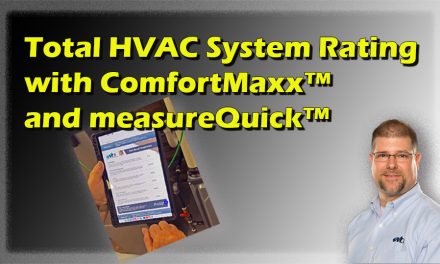
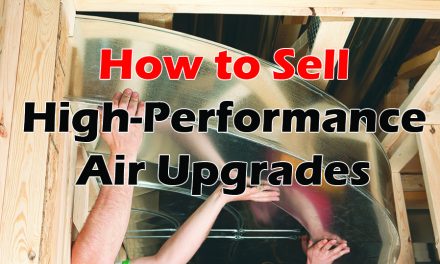
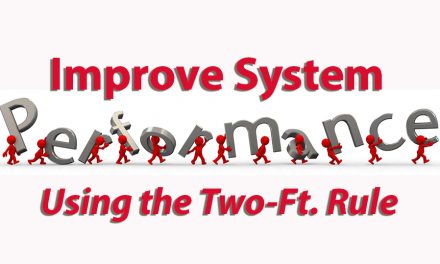
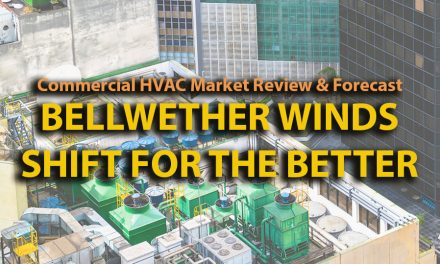





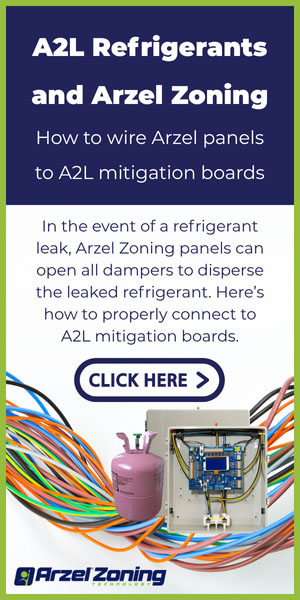
Recent Comments